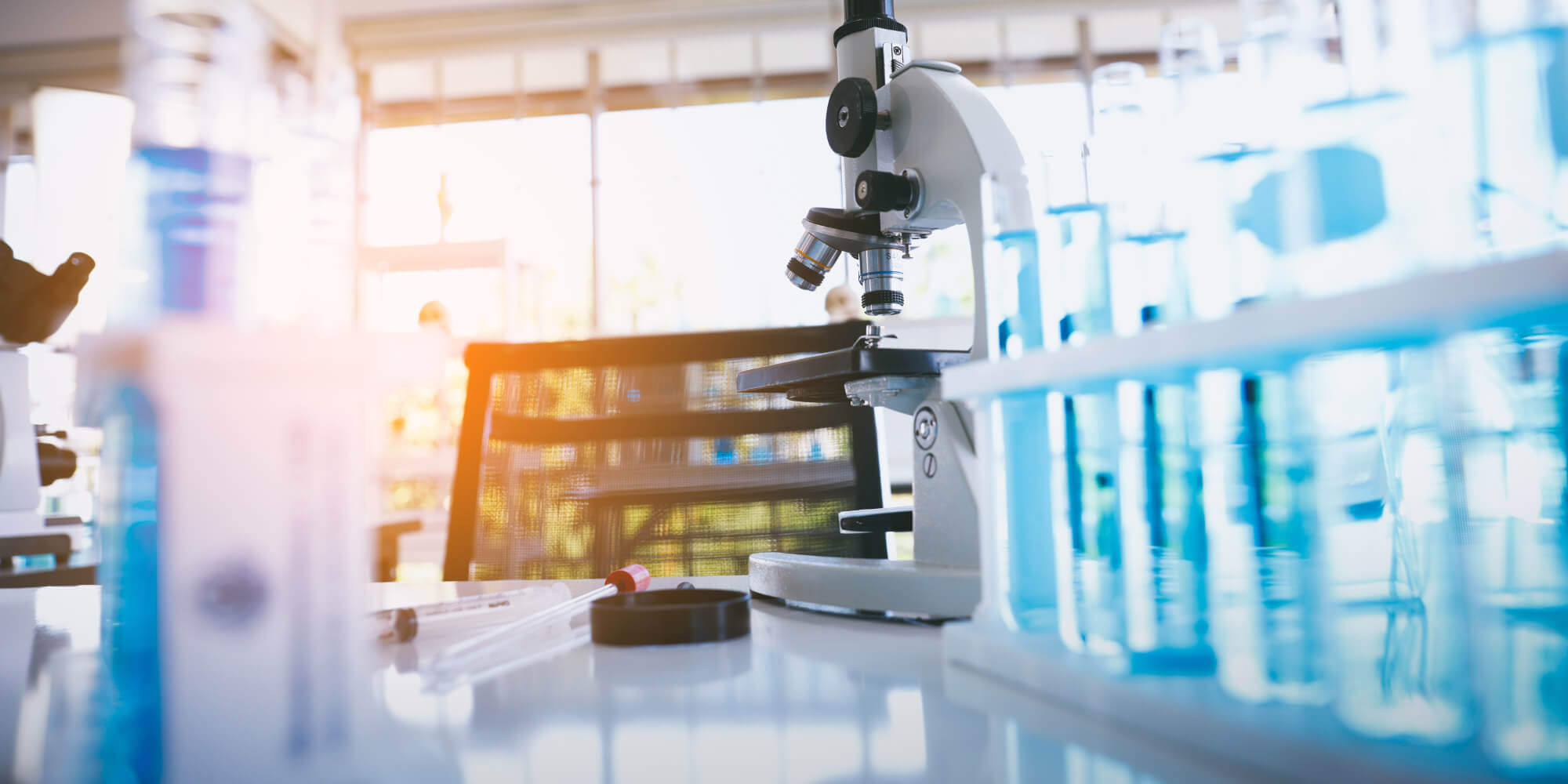
GOAL: Address a health need by producing a safe and effective product that is:
1. Identify Need
Researchers discuss end-user needs and health challenges with communities keeping in mind cultural norms and health systems to inform product design and development. These considerations must be revisited throughout the process.
2. Basic Research / Discovery
Scientists uncover insights into the biology of the disease or condition and identify potential chemical compounds, product candidates, or approaches to address it.
3. Preclinical Research
Researchers translate discoveries into potential products and conduct laboratory testing to determine initial indicators of safety and efficacy.
4. Clinical Trials*
Regulatory authority reviews preclinical results, clinical trial design, and ethics factors to determine if product can advance to human clinical trials.
Clinical trials include three phases:

PHASE 1: Small trials testing safety in healthy volunteers
PHASE 2: Larger trials testing safety and efficacy among target populations
PHASE 3: Largest trials confirming safety and long-term efficacy in intended target populations
5. Regulatory Review & Approval
There is a multi-stage regulatory approval process for many global health products sometimes taking several years before products achieve widespread availability. Regulatory approval must be secured in each country where product is intended for use.
The national regulatory authority reviews clinical trial data, inspects manufacturing facilities, and approves product if deemed safe and effective.
INITIAL APPROVAL BY STRINGENT REGULATORY AUTHORITY
Secure initial approval from a stringent regulatory authority like the US Food and Drug Administration or European Medicines Agency. This can facilitate approvals in countries with limited regulatory capacity.
WORLD HEALTH ORGANIZATION (WHO) PREQUALIFICATION**
WHO reviews product for safety and efficacy and determines whether to “prequalify” it, permitting its purchase by global procurers (e.g., the United Nations; Global Fund; Gavi, the Vaccine Alliance).
Many regulatory authorities of low- and middle-income countries require a product to be prequalified before they will consider it.
REGULATORY REVIEW & PRODUCT REGISTRATION***
Country A
Country B
Country C
6. Introduction & Scale
Product is introduced in countries where it has been approved. Manufacturing and distribution networks must be expanded to meet need.
Health officials and providers seek to expand access and overcome barriers to acceptance and use.
7. Post-Approval Surveillance
After product introduction, conduct studies to gain further understanding of the product’s use and continue to monitor safety, side effects, and quality.
8. Impact Achieved
Lives saved or improved
Health care costs reduced
Economic growth accelerated
Challenges along the Global Health R&D Pipeline
Challenge
Solution
Lack of profit incentive for private-sector investment in R&D to meet the health needs of people in poor regions.
Strong public-sector financing for global health R&D, investment in product development partnerships, advancing incentives and innovative financing mechanisms.
Lack of credible data about disease burdens, resistance patterns, and other epidemiological factors across populations and geographies.
Greater investment in data management, epidemiological surveillance, and diagnostics.
Under-resourced health systems in low- and middle-income countries increase difficulty of conducting clinical trials and hinder product dissemination.
Greater investment in health systems strengthening and capacity building in low- and middle-income countries.
Different regulatory requirements across multiple countries can delay widespread product introduction.
Harmonize regulatory processes and requirements across geographies.
Limited staff and capacity at regulatory authorities in low- and middle-income countries and stringent regulatory authorities can delay product review and approval.
Greater investment in regulatory capacity strengthening.
Few manufacturers are incentivized to produce products while meeting pricing, supply, and quality standards.
Develop incentive mechanisms to encourage private-sector manufacturer investment and engagement during the R&D process.
